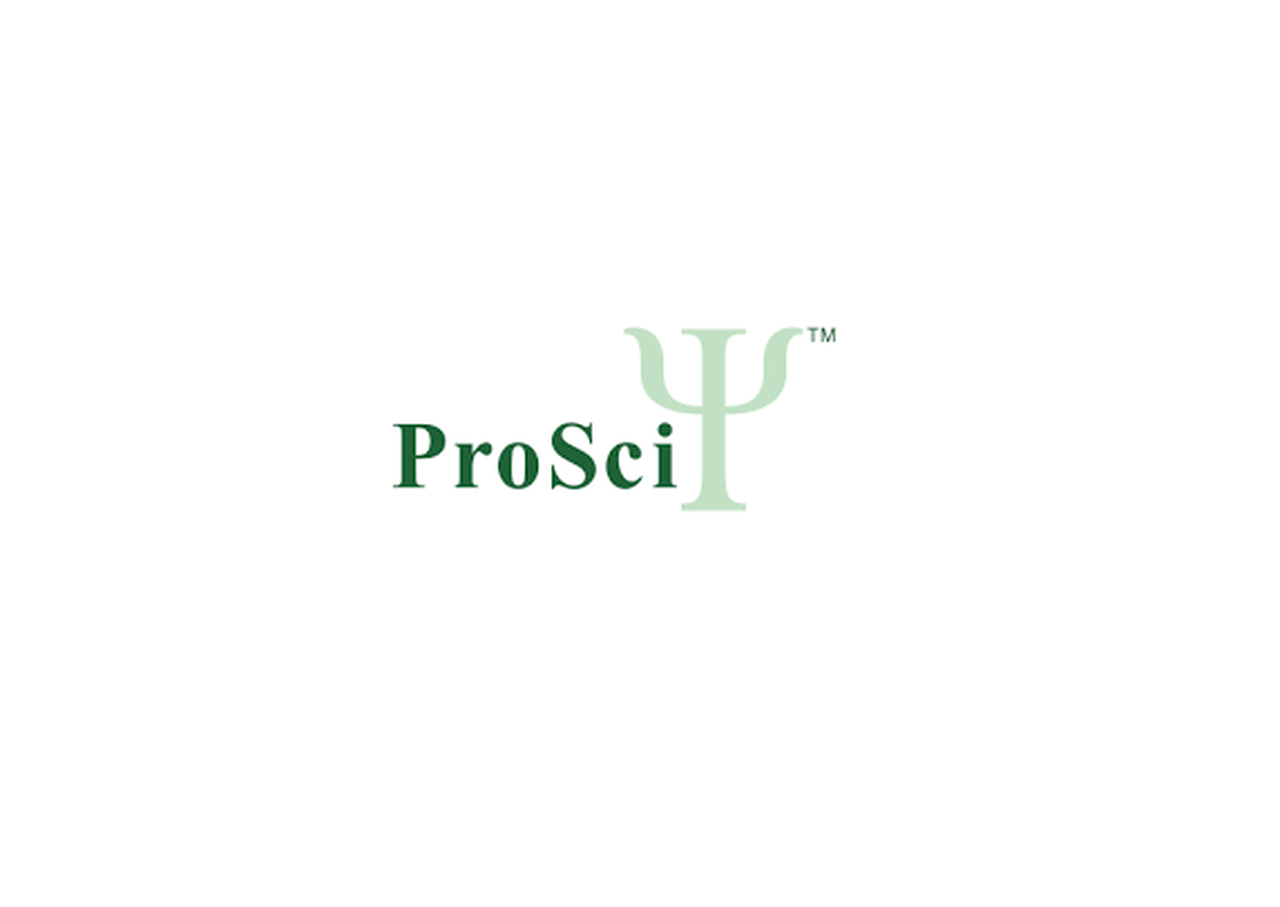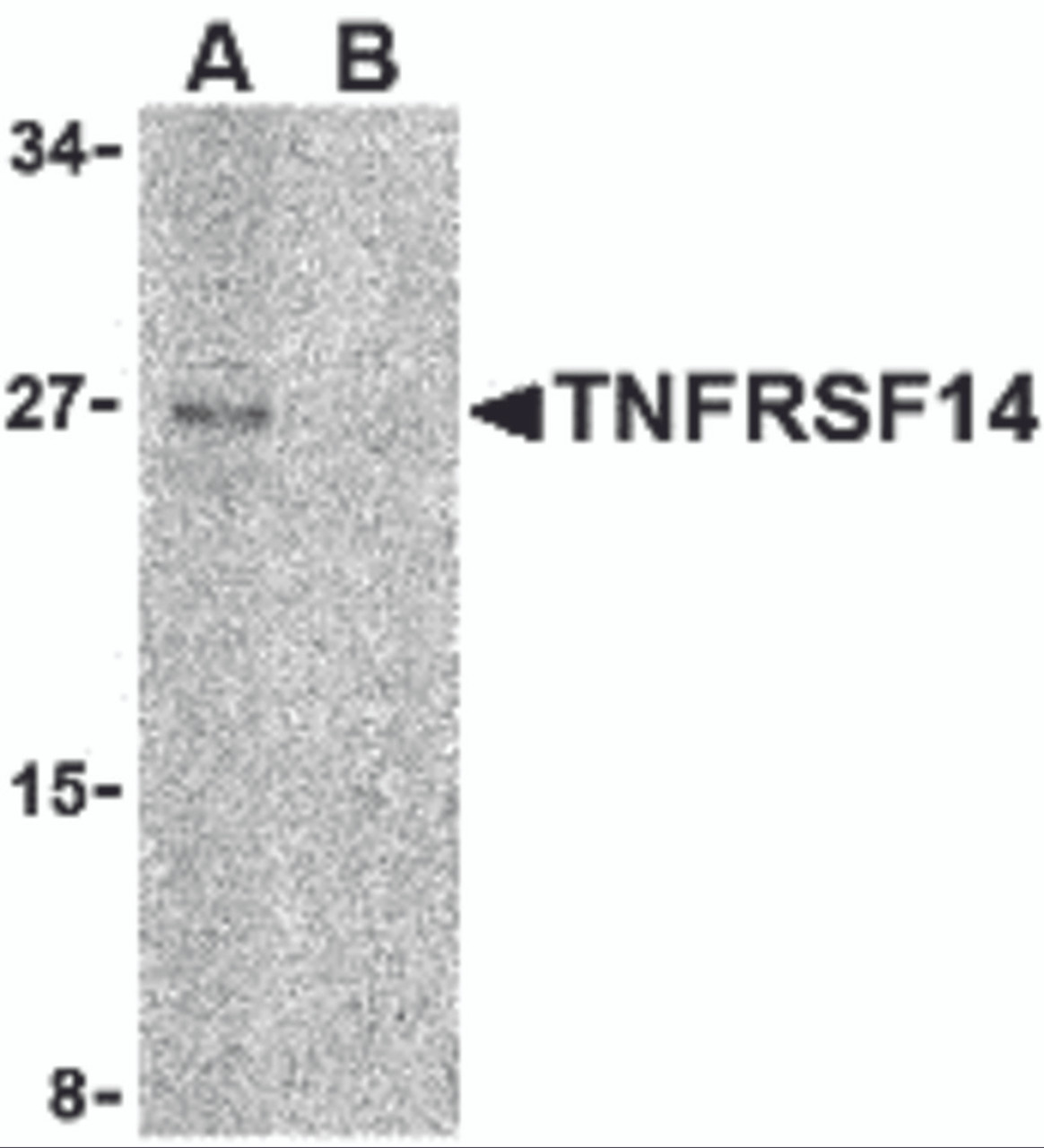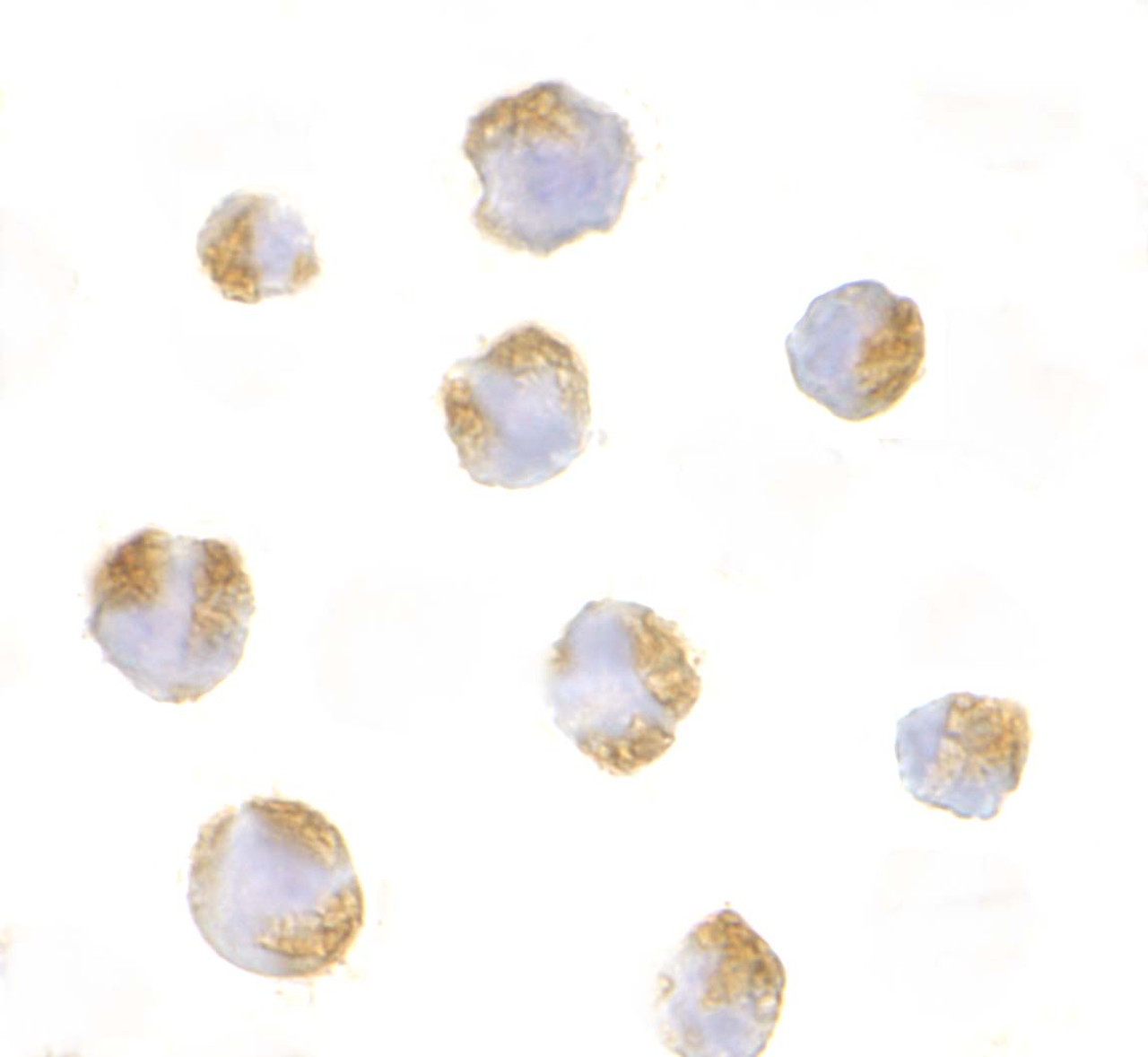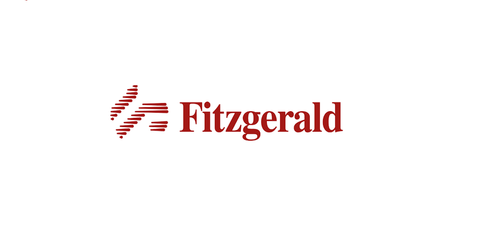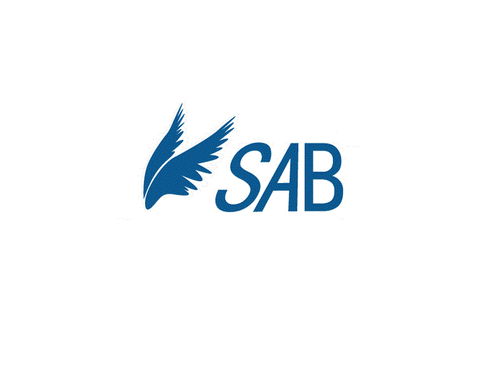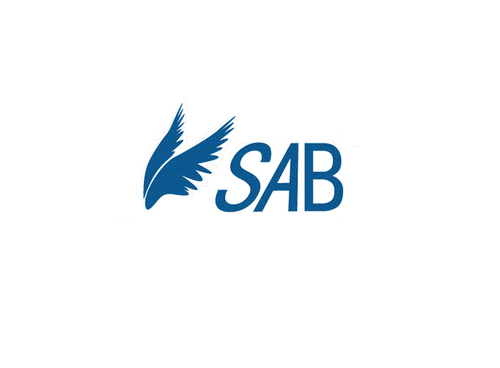Product Description
TNFRSF14 Antibody | 3773 | ProSci
Host: Rabbit
Reactivity: Human
Homology: N/A
Immunogen: TNFRSF14 antibody was raised against a 16 amino acid synthetic peptide from near the carboxy terminus of human TNFRSF14.
The immunogen is located within the last 50 amino acids of TNFRSF14.
Research Area: Chemokines & Cytokines, Infectious Disease
Tested Application: E, WB, ICC, IF
Application: TNFRSF14 antibody can be used for the detection of TNFRSF14 by Western blot at 2 μg/mL. Antibody can also be used for immunocytochemistry starting at 10 μg/mL. For immunofluorescence start at 20 μg/mL.
Antibody validated: Western Blot in human samples; Immunocytochemistry in human samples and Immunofluorescence in human samples. All other applications and species not yet tested.
Specificiy: N/A
Positive Control 1: Cat. No. 1207 - Raji Cell Lysate
Positive Control 2: Cat. No. 17-007 - Raji Cell Slide
Positive Control 3: N/A
Positive Control 4: N/A
Positive Control 5: N/A
Positive Control 6: N/A
Molecular Weight: N/A
Validation: N/A
Isoform: N/A
Purification: TNFRSF14 Antibody is affinity chromatography purified via peptide column.
Clonality: Polyclonal
Clone: N/A
Isotype: IgG
Conjugate: Unconjugated
Physical State: Liquid
Buffer: TNFRSF14 Antibody is supplied in PBS containing 0.02% sodium azide.
Concentration: 1 mg/mL
Storage Condition: TNFRSF14 antibody can be stored at 4˚C for three months and -20˚C, stable for up to one year. As with all antibodies care should be taken to avoid repeated freeze thaw cycles. Antibodies should not be exposed to prolonged high temperatures.
Alternate Name: TNFRSF14 Antibody: TR2, ATAR, HVEA, HVEM, CD270, LIGHTR, UNQ329/PRO509, Tumor necrosis factor receptor superfamily member 14, Herpes virus entry mediator A, Herpesvirus entry mediator A
User Note: Optimal dilutions for each application to be determined by the researcher.
BACKGROUND: TNFRSF14 Antibody: Tumor necrosis factor receptor (TNFR) superfamily members are defined by cysteine-rich domains in their extracellular regions that bind TNF-related ligands that share a common structural homology in their extracellular domain. TNFRSF14 was initially identified as the Herpesvirus entry mediator and upon binding to the herpes simplex virus (HSV) envelope glycoprotein D or either of its natural ligands LIGHT and lymphotoxin alpha (LT) , activates the transcription factors NF-κB and AP-1. Activation of this signal transduction pathway in T cells stimulates T cell proliferation and cytokine production, leading to inflammation and enhanced CTL-mediated tumor immunity, suggesting that these proteins may be useful as potential targets for controlling cellular immune responses.
 Euro
Euro
 USD
USD
 British Pound
British Pound
 NULL
NULL

